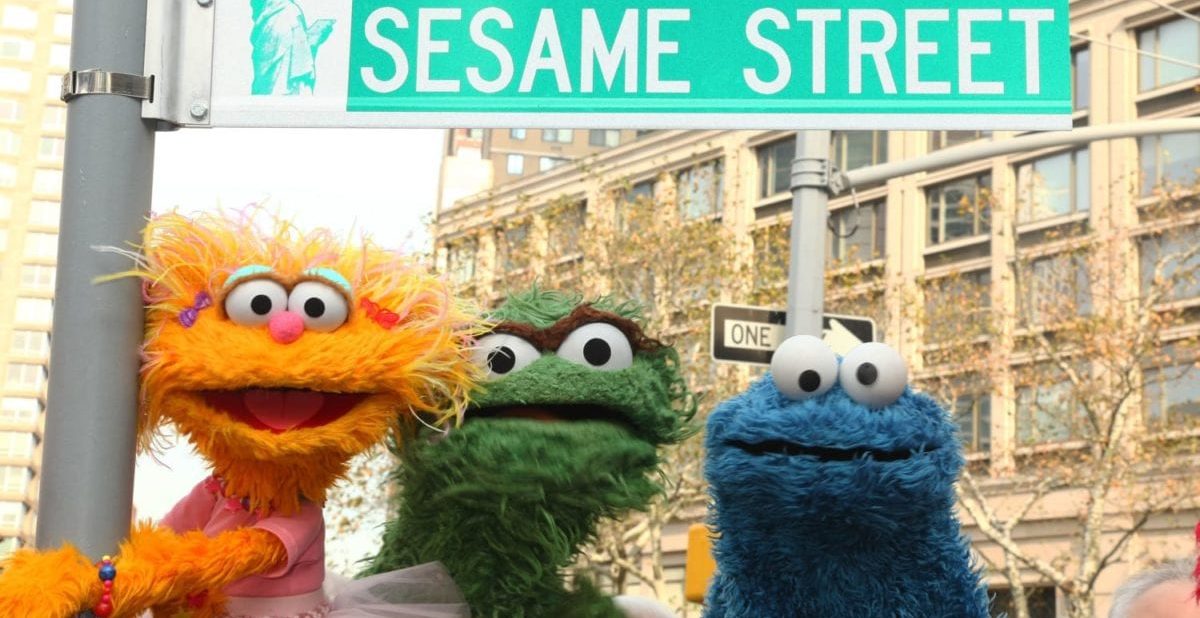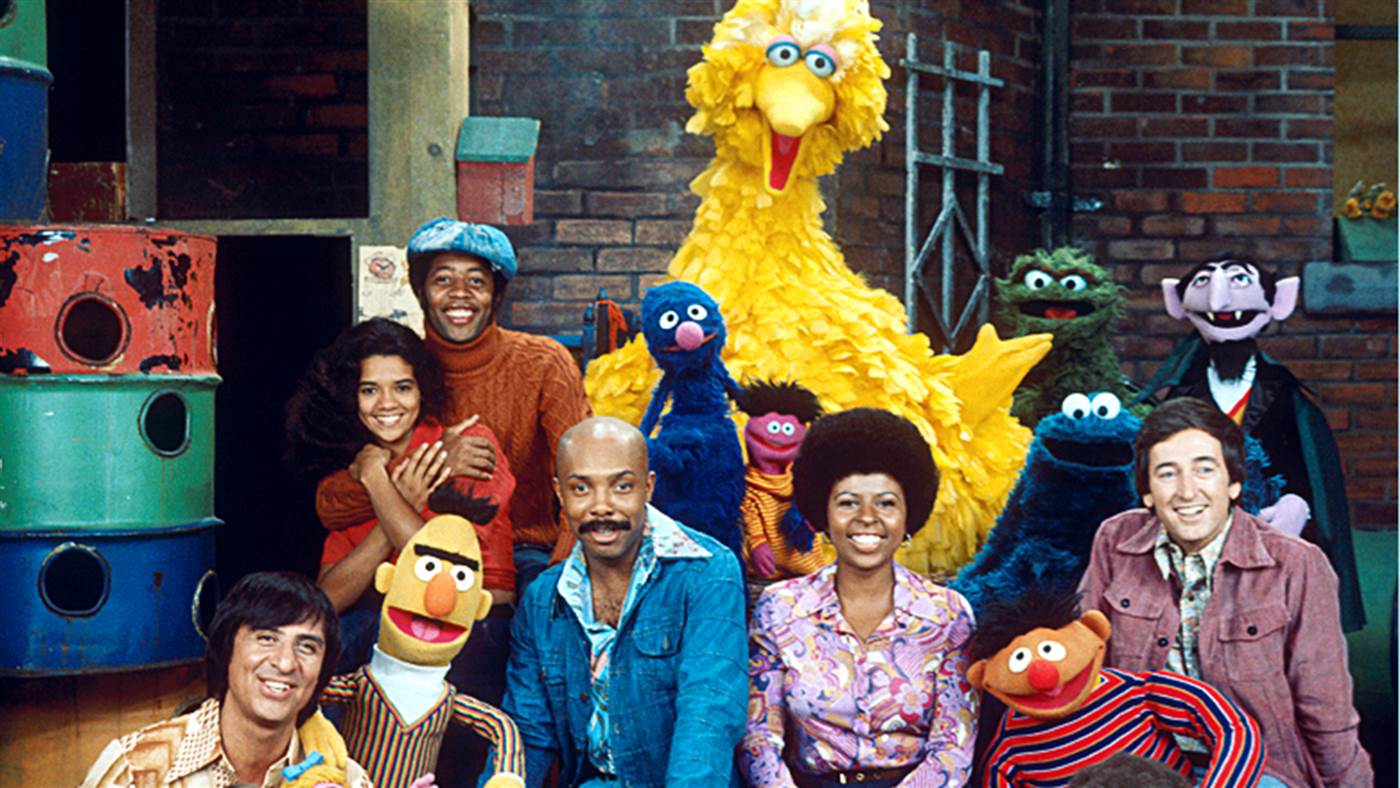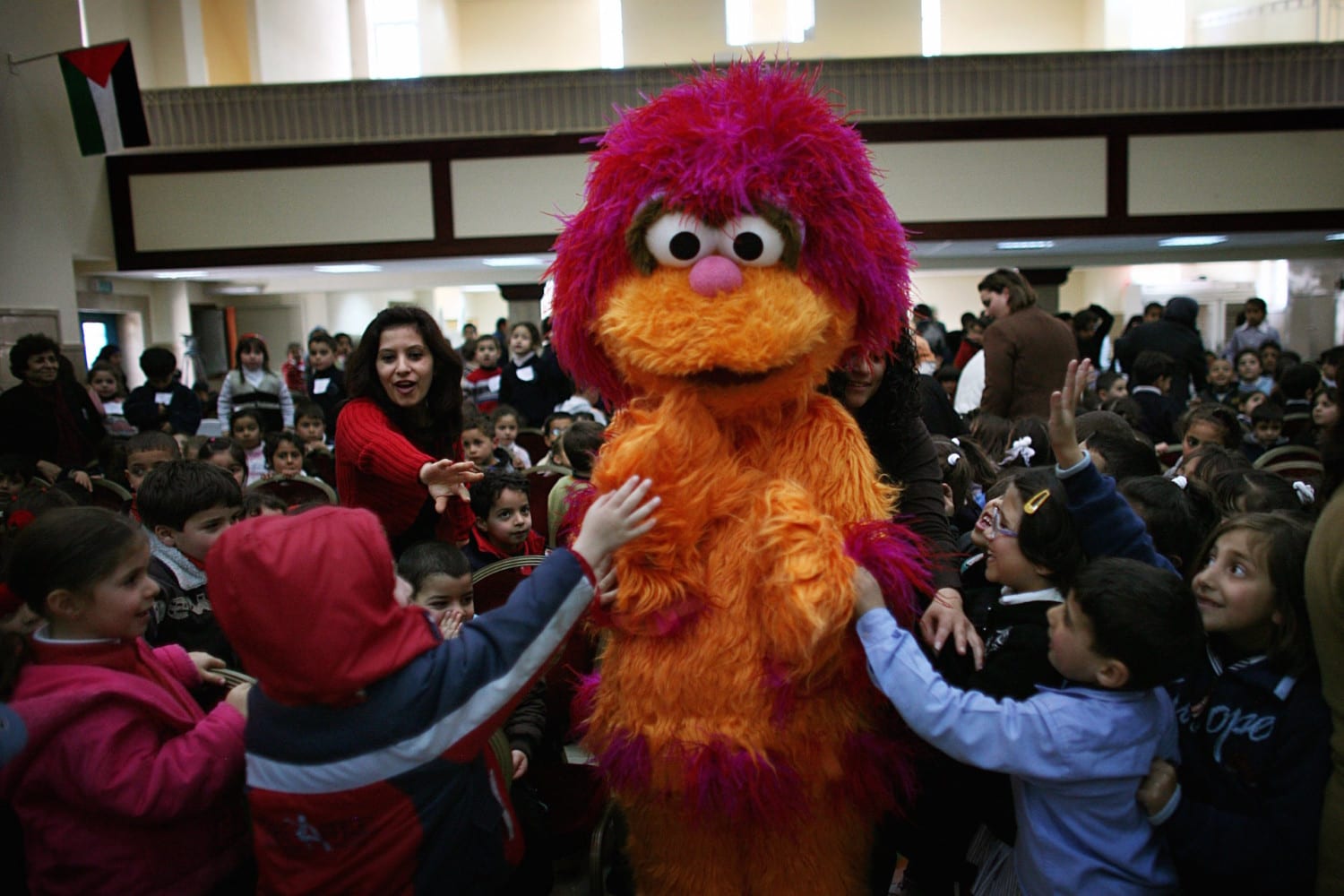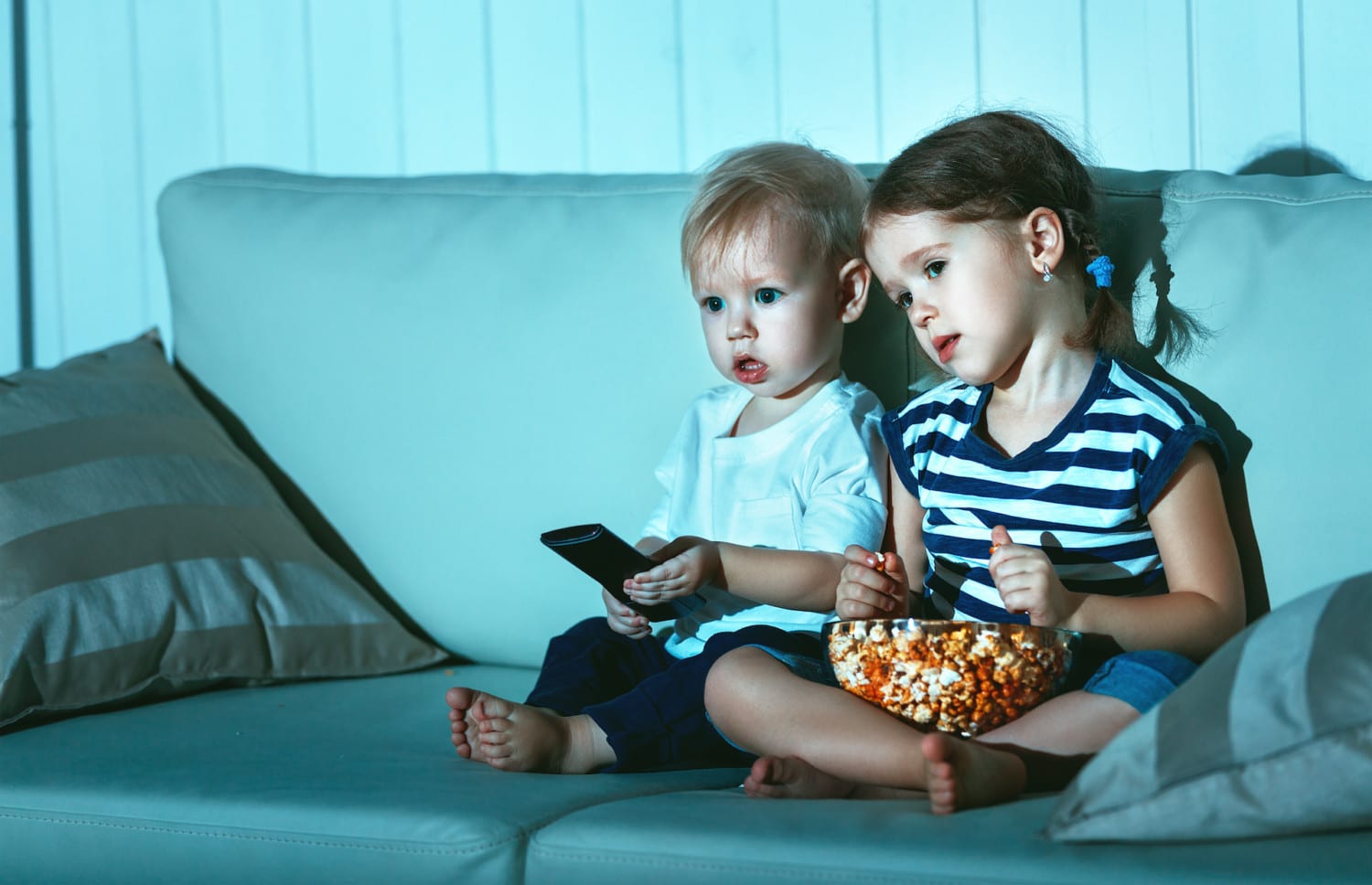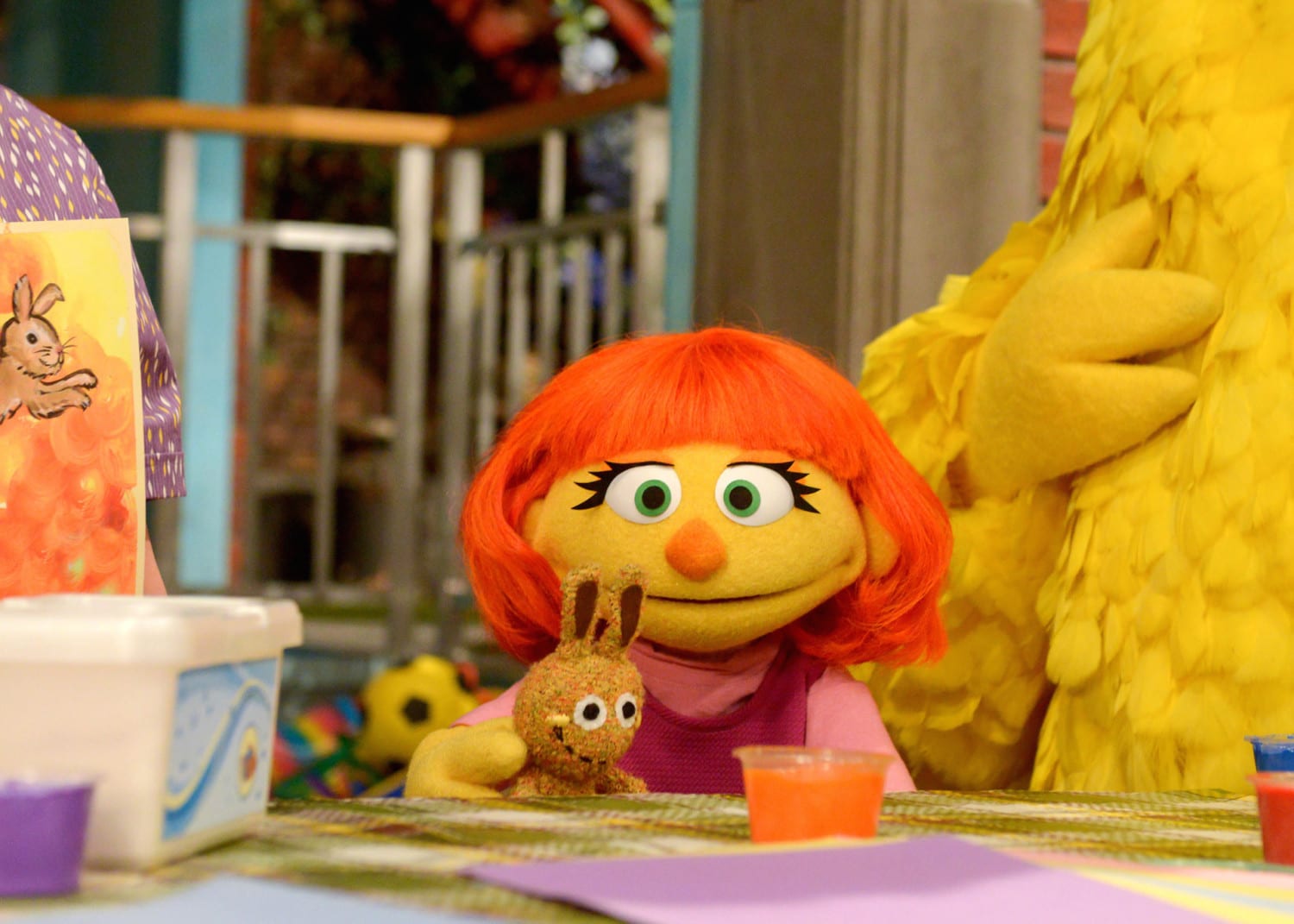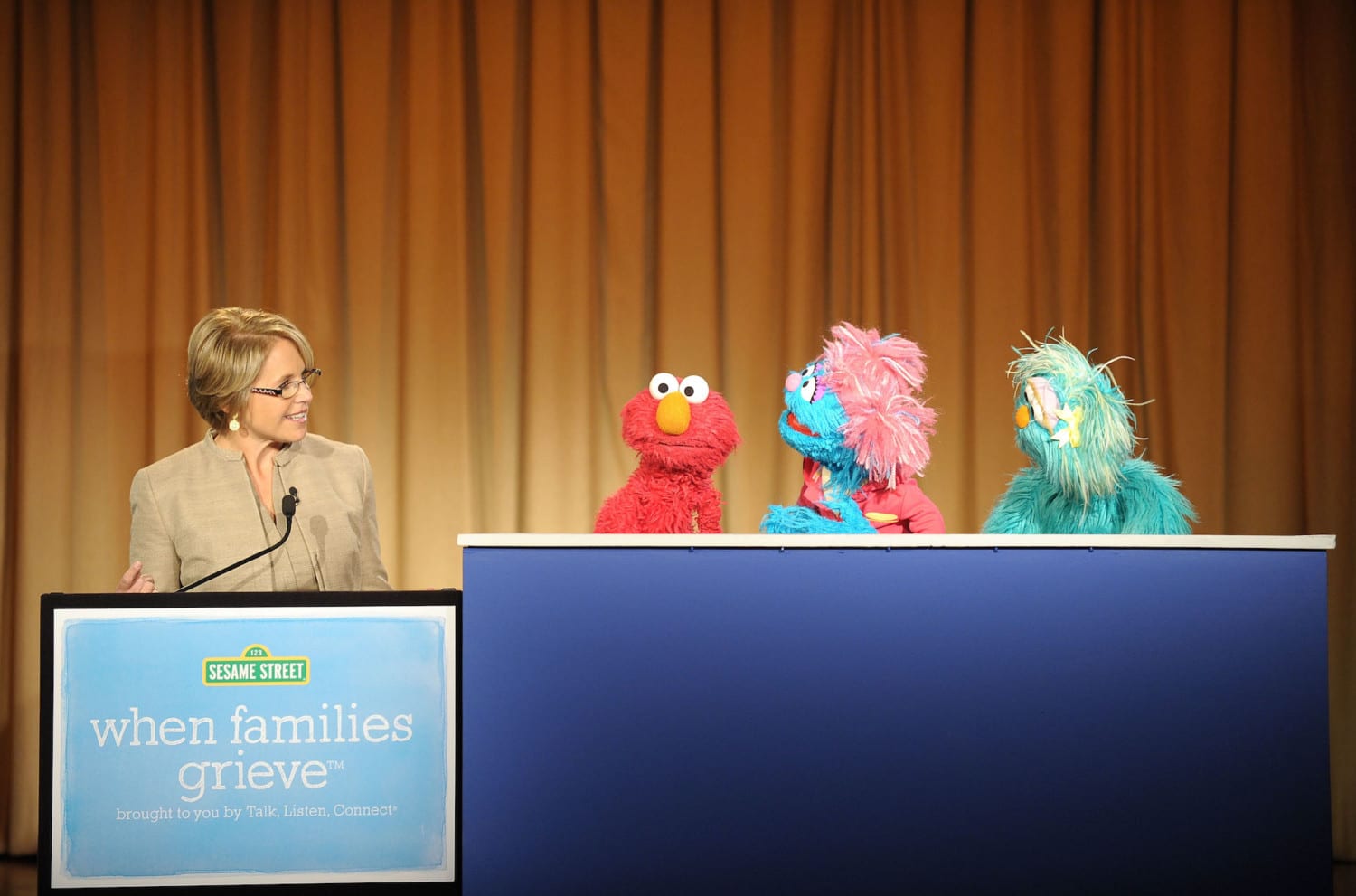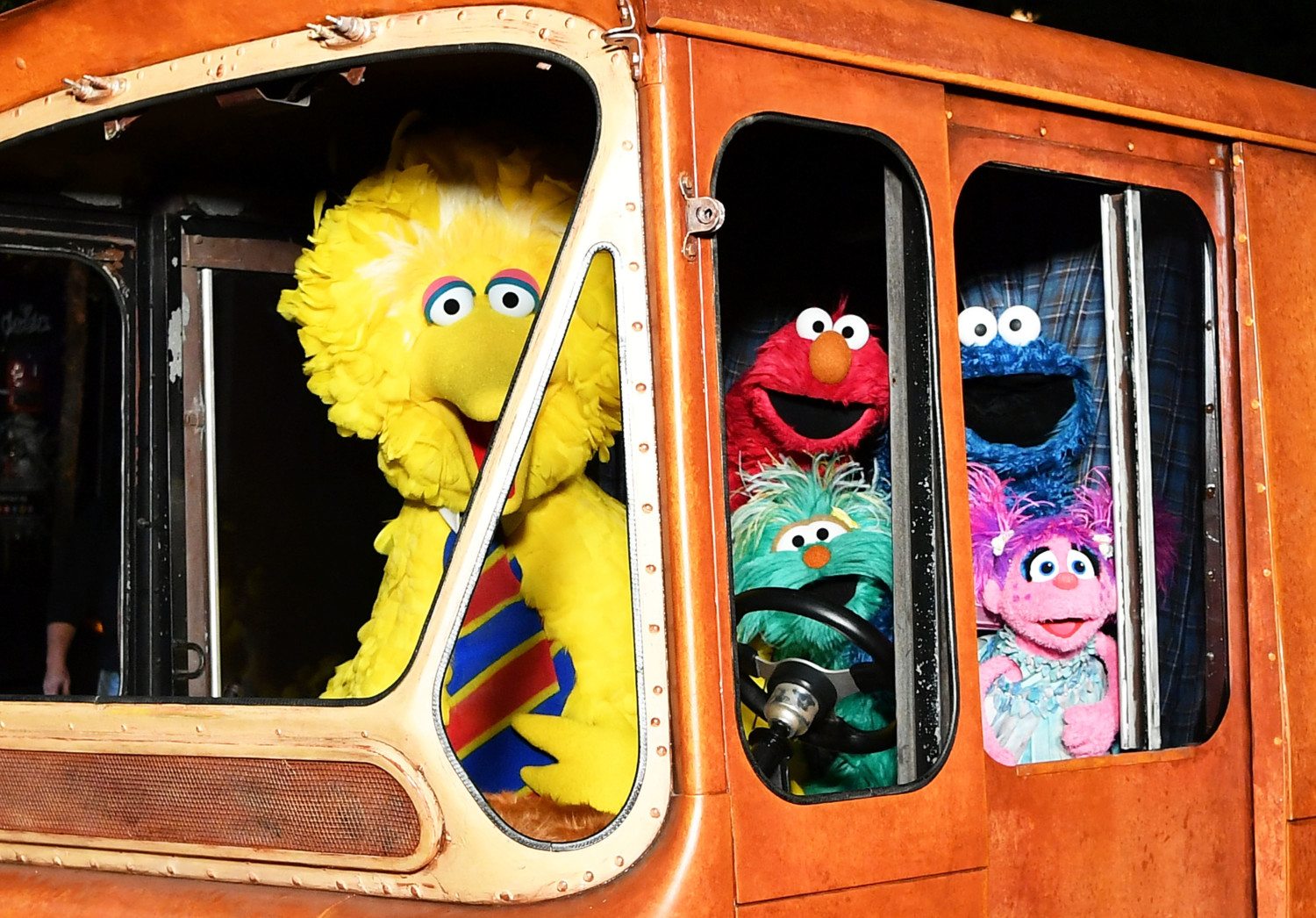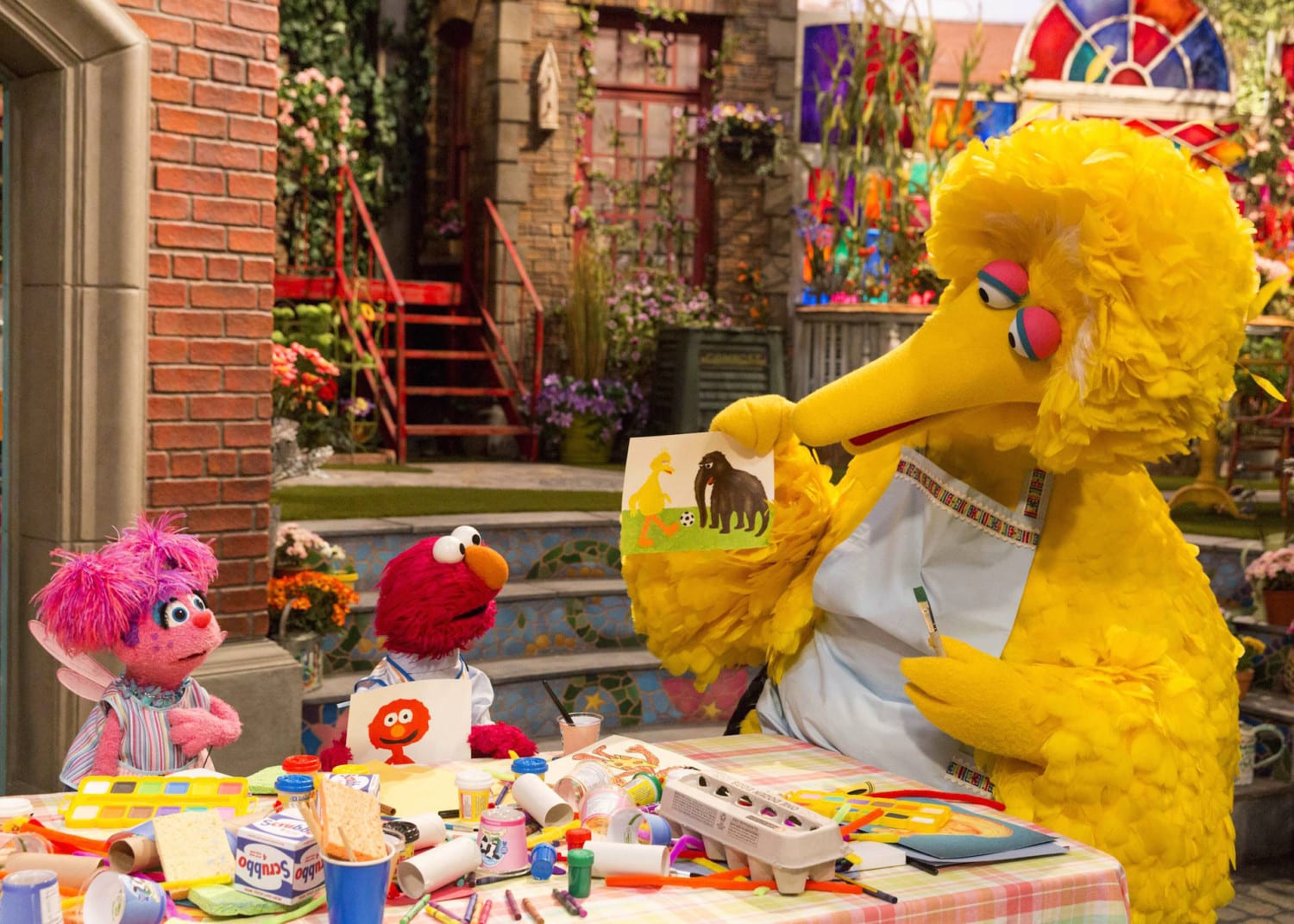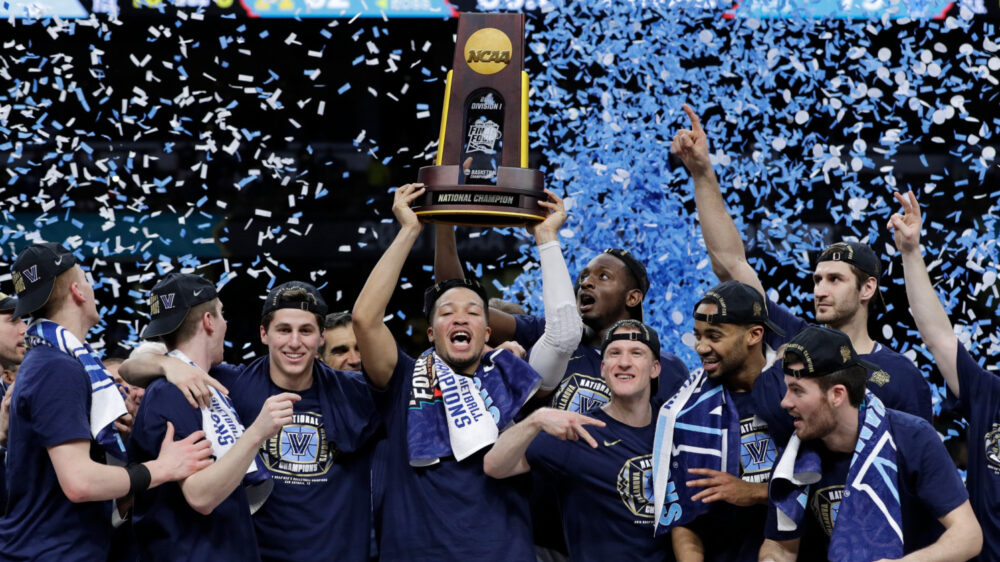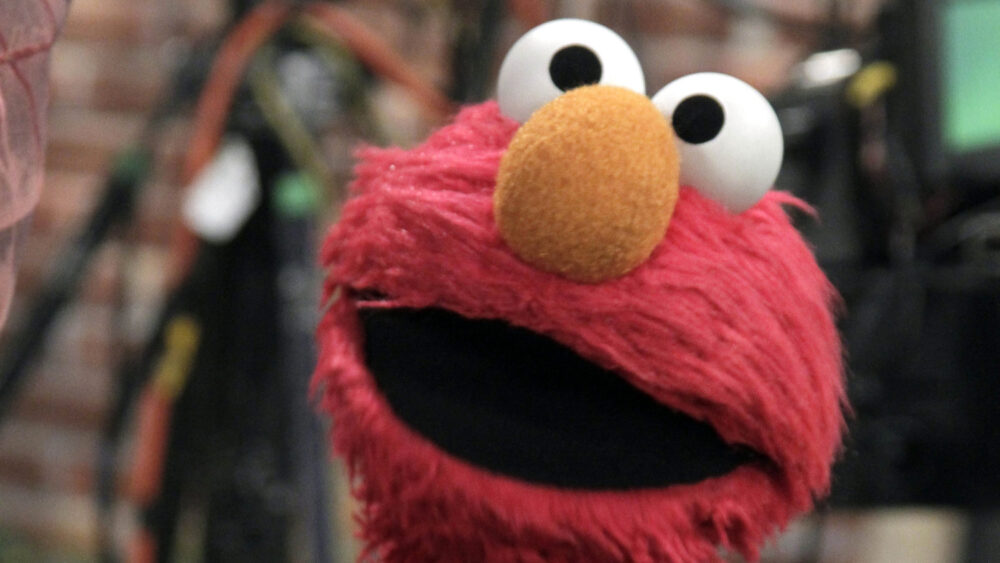Study: Watching ‘Sesame Street’ linked to better school performance
If you grew up watching “Sesame Street” you’ll have fond memories of Elmo, Big Bird, Oscar the Grouch, Cookie Monster and the rest of the gang.
Maybe you can even remember all the words to Ernie’s “Rubber Duckie” song.
What you might not have been aware of is just how valuable “Sesame Street” was in terms of early childhood education. A study written in 2015, but only recently published, reveals exactly how the show benefitted its young viewers around the time it first aired.
‘Sesame Street’ Viewers Did Better In School
TV shows aren’t often positively linked to academic ability, but “Sesame Street” has always been one of a kind, ever since it debuted in 1969.
According to “Early Childhood Education by Television: Lessons from Sesame Street,” a study coauthored by Wellesley College economist Phillip B. Levine and University of Maryland economist Melissa Kearney, kids who had access to the show before age 7 performed better in elementary school.
Access To The Show
The study was first written in 2015, but only recently published in the American Economic Journal: Applied Economics. Levine and Kearney compared the academic and professional achievements of kids who had access to the show when it first aired to those who didn’t, using census data from 1980, 1990 and 2000.
The children’s access to “Sesame Street” was determined by the strength of the television signal in their county. When “Sesame Street” aired in 1969, about two-thirds of U.S. households with TV sets had access to it, thanks to a higher-quality television signal, while the remaining one-third with a lower-quality signal didn’t.
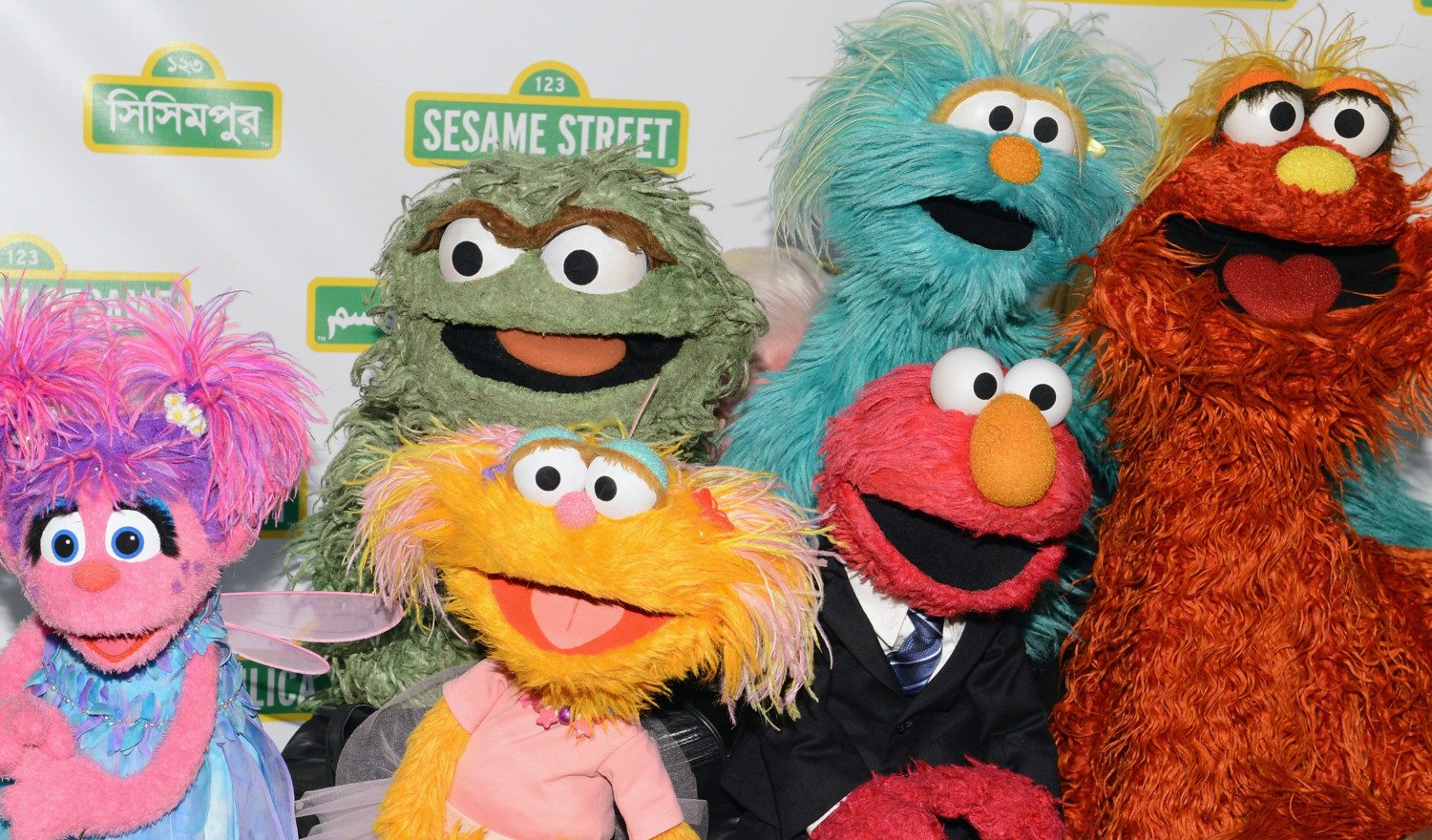
A Necessary Assumption
The researchers assumed that if children had access to the show, they would have watched it at some point.
“You can think about this as kids potentially having access as opposed to watching the show,” explained Kearney. “We don’t know who actually watched the show. We know that you probably could get it in your house or you probably couldn’t. And we also know that at the time, most of the kids who probably could get it were probably watching it.”
How They Measured Success
Levine and Kearney assessed the academic and professional achievements of the children who had access to “Sesame Street” based on several factors: what proportion of children were enrolled in the appropriate grade for their age; whether they attended college, dropped out or graduated; and their employment, wage and poverty status.
Impact On Younger Kids
According to the study, access to “Sesame Street” had the biggest impact on younger, school-aged children and lessened as the kids reached adolescence. For instance, kids who had access to the show were 1.5 to 2 percentage points more likely to be in the right grade for their age. However, college attendance, graduation rates and long-term career prospects were only minimally affected, if at all.
Correlation Not Causation
As well as finding an overall correlation between access to “Sesame Street” and improved elementary school performance, the study found that black children overall, as well as kids who were raised in poor areas were especially impacted.
(It’s important to note that the study showed correlation, not causation, which means it can’t prove that watching “Sesame Street” was the cause of improved performance in elementary school.)
A Bygone Era
It’s unlikely that another kids’ program will ever have the same influence as “Sesame Street” did when it first aired, simply because there’s so much choice nowadays. Kids have a huge number of TV shows to choose from, as well as many other forms of digital entertainment.
“It’s still a possibility that these sorts of interventions can have an impact,” said Levine. “I think it’s harder, because there is more stimulus for children these days than in the 1960s. But it doesn’t mean that it’s impossible and that doesn’t mean it wouldn’t be effective.”
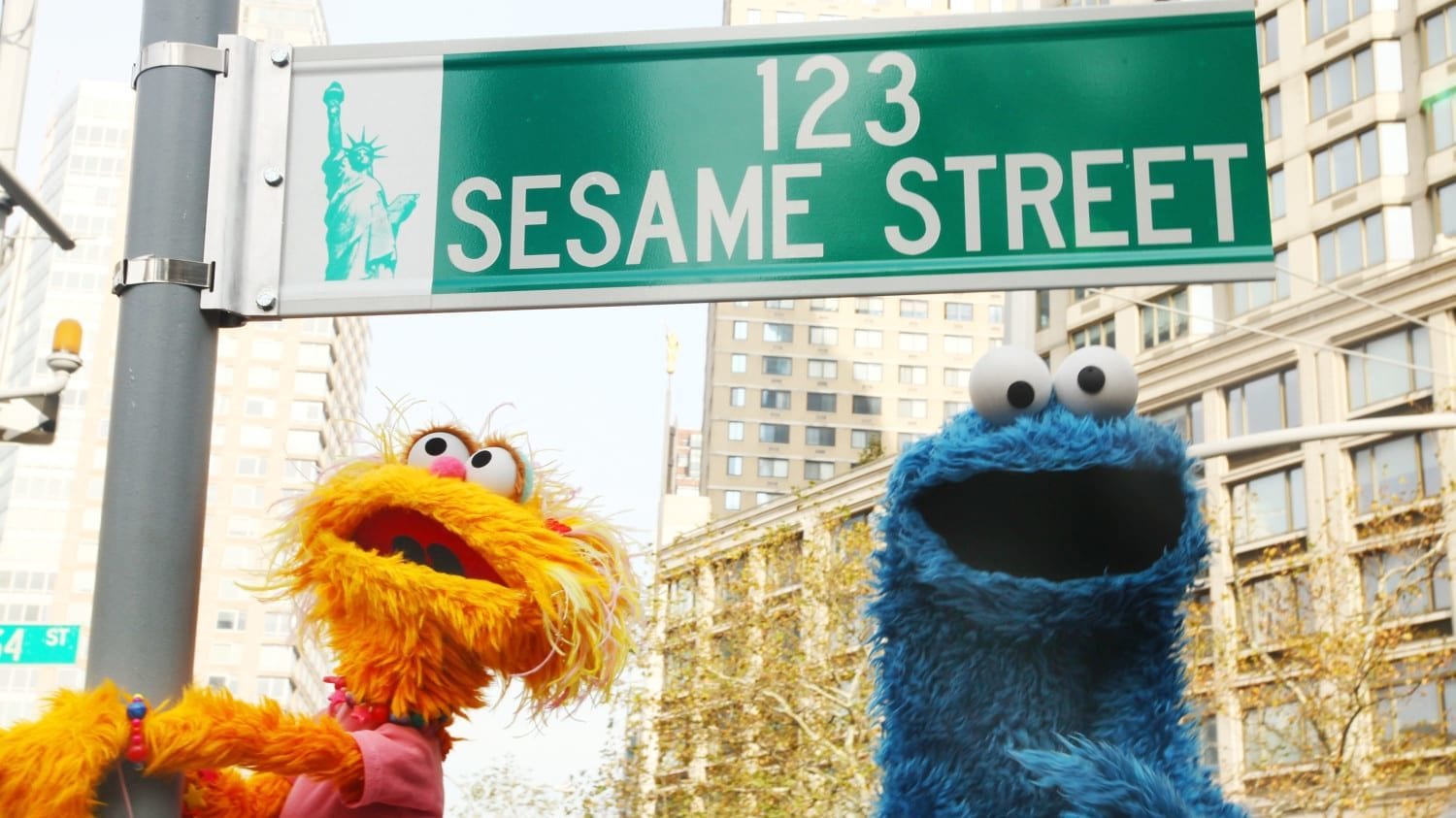
Helping Kids Grow And Learn
According to Kearney, “Sesame Street” was a product of its time when it began in 1969. “‘Sesame Street’ came into existence at the same time as the Head Start program and the Perry Preschool program, and that was not an accident,” she said. “These programs all were born out of that same new movement in the ’60s recognizing that early childhood was actually an opportunity to help kids grow and learn.”
Cost-Effective Early Childhood Education
“Sesame Street” wasn’t only a big hit with viewers from the outset, it was an extremely cost-effective option for early childhood education. According to the researchers, it cost “around $5 per child per year (in today’s dollars).” For comparison, the federal government spends more than $7 billion a year on Head Start, which also began in the ’60s. This works out to about $7,600 per child per year, while the real cost of “Sesame Street” is probably significantly more, due to contributions from donors and individual states accounting for much of the show’s funding.
Media Can Help Kids Develop
Digital media often gets a bad rap, particularly in relation to the behavior and development of children and young people, but Levine believes technology can help to get high-quality, educational messages across to the right audience at scale.
“What our study shows is that it is possible for forms of media to have a beneficial impact on a child’s life in terms of their early childhood development,” she said.
Screens Can’t Replace Education
However, the study hasn’t been well-received by everyone. When it was first written in 2015, it was criticized for claiming that “the introduction of Sesame Street for white and black, non-Hispanic children had similar effects on elementary school performance as did participation in the Head Start program.”
In response, Nobel laureate James Heckman, who is considered to be one of the world’s leading experts on the economics of early childhood, said, “The solution for promoting school readiness and fostering productive skills isn’t simply planting children in front of the television or tablet. High-quality, educational programming can serve as a complement to quality early childhood education, not as a replacement.”
Part Of A Bigger Picture
The researchers were quick to agree with Heckman. Kearney and Levine wrote, “we do not believe that Sesame Street should substitute for preschool or other enriching activities.” They went on to say, “we support the role that TV and technology more generally can play in assisting parents, caregivers, teachers and policymakers to augment more traditional preschool interventions.”
Toddlers And TV
Naturally, many parents have concerns about the amount of screen time their kids have. One study, published in February 2019 in the journal JAMA Pediatrics, revealed that screen time for the very young has doubled in 20 years. Specifically, children under the age of 2 spend double the time (almost three hours in total) in front of a screen each day as they did 20 years ago. The screen they spend the most time in front of is a TV set. The TV viewing of toddlers rose fivefold between 1997 and 2014.
Official Screen Time Guidelines
This study shows that kids are being exposed to far more screen time than is recommended by pediatric experts. The American Academy of Pediatrics (AAP) advises against all media use for kids younger than 2 and advises restricting screen time for children aged 2 to 5 to just one hour a day of high-quality programming. The AAP also recommends that parents and caregivers engage with their kids while they’re watching screens to encourage bonding, learning and social interactions.
‘Sesame Street’ Around The World
The TV choices for kids these days are vast, but “Sesame Street” has stood the test of time. Many countries have their own versions of the show, including Germany, South Africa and India. Sesame Workshop, the nonprofit educational organization behind “Sesame Street,” is also active in refugee camps in Bangladesh and Jordan, where it uses the power of play to help children who have survived trauma.
Classroom Collaboration
In July 2018, it was announced that Sesame Workshop was collaborating with McGraw-Hill Education (a billion-dollar for-profit company known for school textbooks) on a new line of classroom instructional materials. The research-based Sesame content will be introduced to pre-kindergarten and elementary school classrooms across the United States as early as fall 2019.
An Issue Of Ethics?
The Sesame/McGraw-Hill collaboration was met with some skepticism.
“Sesame Workshop probably can be trusted to do this in an ethical way, but the door opens for other companies to do it in a less ethical way,” said Heather Kirkorian, a University of Wisconsin professor who studies the effects of media on young children.
Dr. David Hill of the AAP said that by age 3, kids can learn from a limited viewing of high-quality TV programs like “Sesame Street” but that little research exists on such regular media use in the classroom.
Teaming Up With Lego
Another recent “Sesame Street” partnership was met with less apprehension.
In December 2018, the Lego Foundation announced an award of $100 million to Sesame Workshop to provide play-based learning to refugee children affected by the Rohingya and Syrian crises. Sesame Workshop will use the grant to put play-based early childhood interventions in place, for example, by joining forces with the development organization BRAC to boost the number of “Humanitarian Play Labs” to help young Rohingya refugee children.
Embracing Differences
As well as helping kids learn, “Sesame Street” is known for normalizing things that make kids different so that ultimately children can view everyone equally. One example of this is Julia, a Muppet with autism who was first seen on the show in March 2017 (she was already a character in “Sesame Street” books). The first episode featuring Julia helped to explain autism to kids, but the eventual goal is for Julia not to be known as the Muppet with autism but just another character on “Sesame Street.”
Tackling Big Issues
Another “Sesame Street” character educating kids on a crucial issue is 7-year-old Lily, who made a guest appearance on the show in 2011, as a child coping with hunger. In 2018, she was brought back to teach young viewers about how children are affected by America’s homelessness crisis. Lily’s experience is part of the homelessness initiative launched by Sesame Workshop’s Sesame in Communities program.
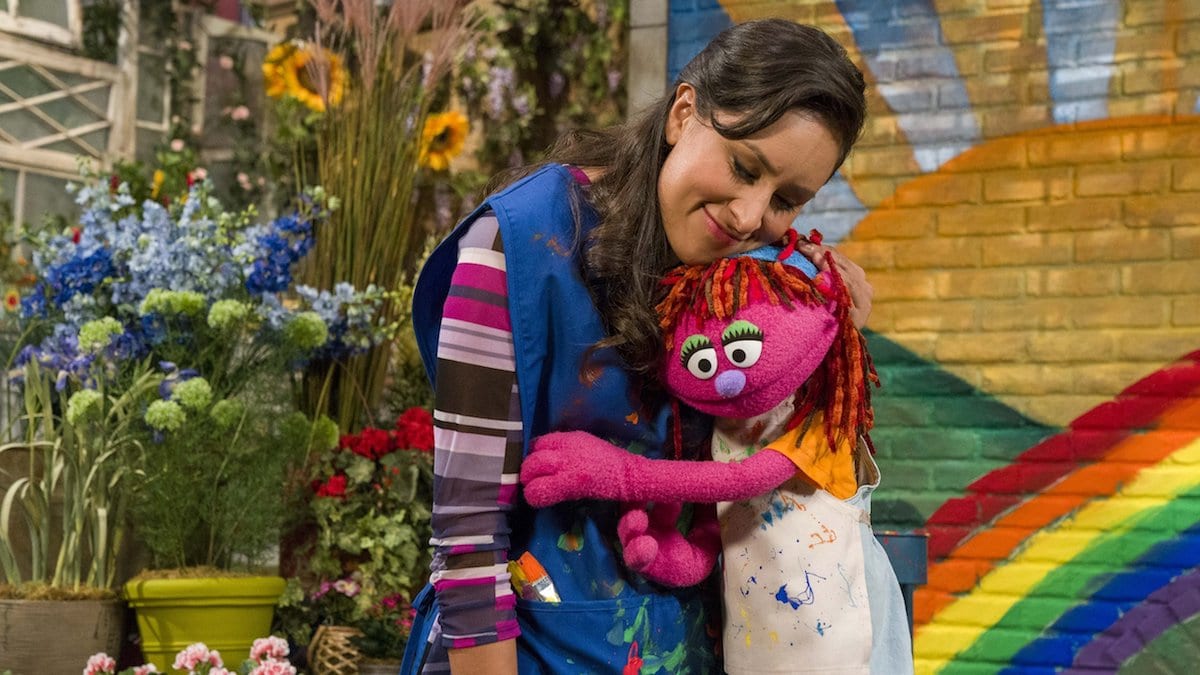
Helping Kids Process Trauma
The Sesame Street in Communities program was created to help parents and caregivers help children, particularly the most vulnerable, at-risk children, deal with difficult events. In 2017, the program launched a video initiative to help children process trauma, handle anxiety, learn coping mechanisms to feel safe and help their family prepare for a hurricane, floods or other types of natural disasters.
‘Sesame Street’ On The Big Screen
On Jan. 15, 2021, kids will be able to watch “Sesame Street” on a much bigger screen, when the live-action movie version of the show hits theaters. The musical, starring Anne Hathaway and directed by Jonathan Krisel, begins shooting in June 2019 and is expected to include appearances from Sesame Street residents Big Bird, Oscar the Grouch and Cookie Monster.
Are ‘Sesame Street’ Viewers Kinder?
We know “Sesame Street” helps young kids in the classroom, but how does the show benefit children in other ways? That’s something being addressed by a study being led by special education professor Mary Louise Hemmeter from Vanderbilt’s Peabody College of education and human development. Funded by a grant of more than $100,000 from Sesame Workshop, the researchers will measure the effects of watching Sesame Street on young children’s understanding of kindness and emotions.
Happy Birthday, ‘Sesame Street’
In 2019, “Sesame Street” is celebrating its 50th anniversary — and half a century of using television to help prepare less advantaged children for school.
“Our mission to help kids everywhere grow smarter, stronger and kinder knows no geographic boundaries,” said Jeffrey D. Dunn, Sesame Workshop’s chief executive officer, in a press release. “We’re everywhere families are and we never stop innovating and growing. That’s what keeps us timeless.”
A Year Of Celebrations
The birthday celebrations continue for “Sesame Street.” In February, InStyle teamed up with some top designers to give the show’s iconic characters a very high-fashion makeover. On March 12, the U.S. Postal Service announced that it is introducing a colorful line of stamps inspired by 16 characters from the show, including Big Bird, Ernie, Bert, Cookie Monster, Rosita, The Count, Oscar the Grouch, Abby Cadabby and Julia. “Sesame Street” will celebrate the 50th anniversary of its first episode on Nov. 10, 2019.


